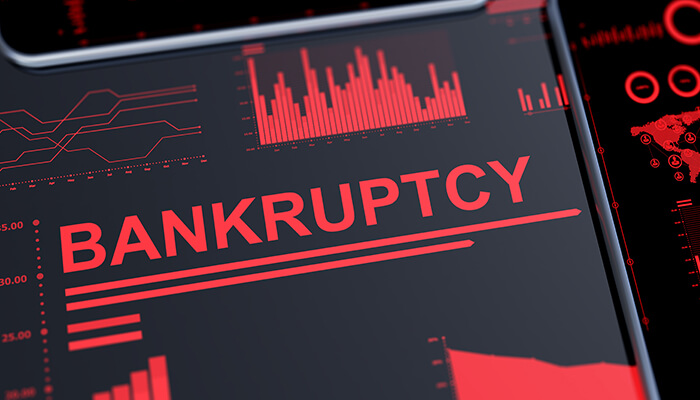What is bankruptcy?
An initiated legal preceding that says a business or person is unable to clear their obligations or debts. Bankruptcy is a process when business finances are on the teetering edge. Businesses, declaring bankruptcy means they should stop running a business. The assets are in charge of a trustee court-appointed, and they liquidate. Then, they distribute the same to the creditors of the company.
7 Steps to avoid bankruptcy while running a business
A running business plan may fail to result in bankruptcy or liquidation. Here are 7 steps that can avoid your ship from sinking.
1. Clear all non-essential expenses
Go through your business expenses. Find the areas that are non-essential and cut the corners. The expenses may include something that is high profile. Replace company cars with public transport and ask your executives to use public transport. Cancel your staff’s privilege memberships. Slash your budget and inform everyone working under you about the situation. Repay debts from the clearance amount of non-essential expenses.
2. Prioritize debt repayments
Debt unpaid results in bankruptcy. Prioritize repayments by taking stock of the accounts. Consider that you owe, yet prioritize important bills to repay first. Pay first high-interest accounts. Also, pay unpaid tax bills as it will cost more with more time. These payments will keep you on the right side.
3. Trade non-essential business assets
The non-essential business assets should undergo valuation so that it does not add to business expenses. Check the business assets that you do not need or use anymore. There may be assets without which your business is running smoothly, trade such assets. The business assets can be anything, a copy machine or a scanner. Eliminate the copy machine, if non-essential. Downsize most areas and increase revenue for debt payment.
4. Renegotiate repayment
A business is a huge commitment, and creditors also realize sometimes it is hard and you are pressed for money. Try speaking to your creditors, and they may be ready to work with you. Pick your phone and renegotiate repayment terms with your suppliers. Being transparent is good, it gives you time to clear loans and avoid bankruptcy.
5. Maximize revenue
Seek ways to increase your revenue. In a running business, you have to stretch a lot to bring passive income inside. Consider affiliate marketing, look for sponsorship deals, and sell something online. Get creative, and there is a galore of opportunities to maximize revenue. It helps in debt payment.
6. Be conservative
Stay optimistic. It is a must to run a business, but not overly to assume customers will pay you without asking. Assuming may be dangerous for your business. Take calculated risk so that it protects from the downside.
7. A new plan
Switch the business plan and create a new plan to go forward. Keep it flexible so that it is working and not set in stone. Keep room for editing. Concentrate on new ways, find how your competitors are moving forward, and streamline your company. If required adapt a new marketing sales strategy on a fresh smaller budget.
Bottom line
Preventing bankruptcy takes time, and nothing can resolve overnight. Running a business takes time, and the same is with avoiding bankruptcy. The process is long and requires a lot of rethinking. It is worth analyzing the running business, then pulling the shutters down. Give a chance to see what went wrong and make an attempt in taking the business ahead. Ensure the business stays afloat.



